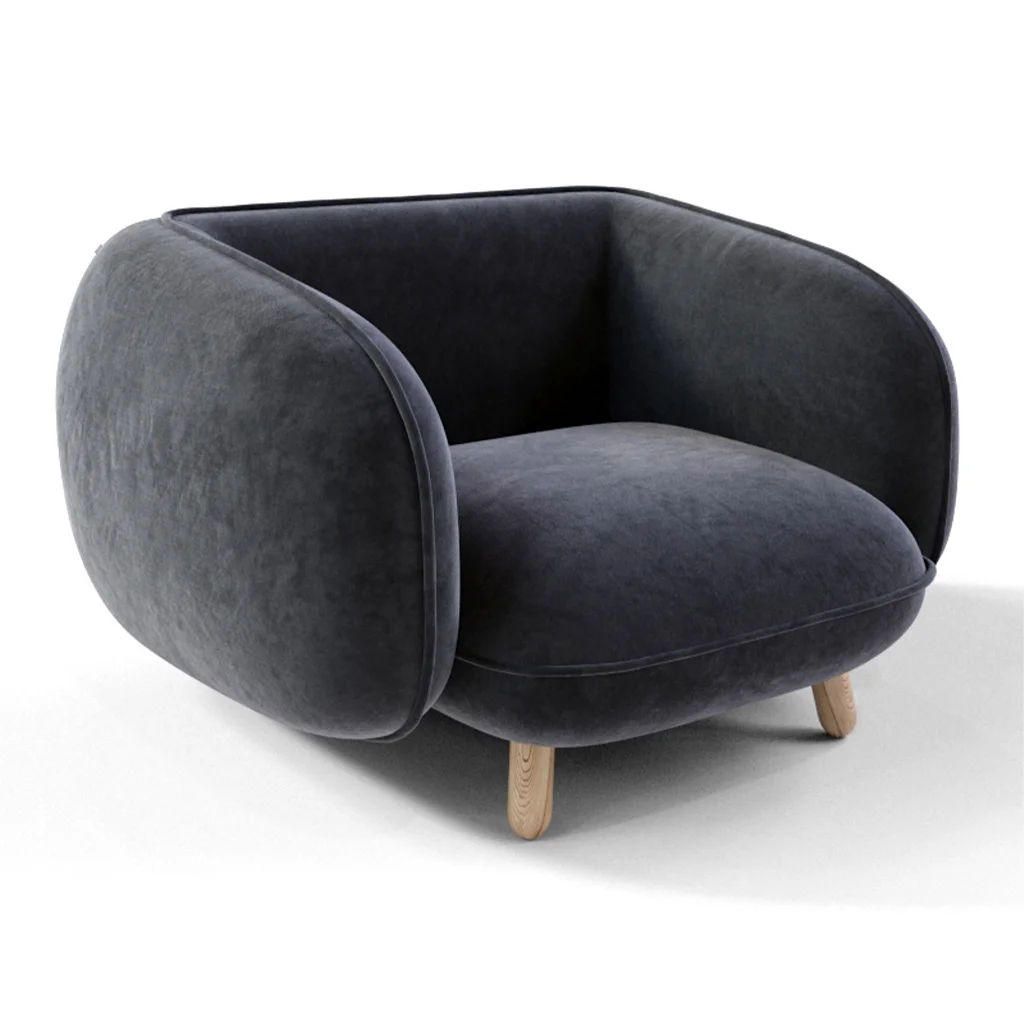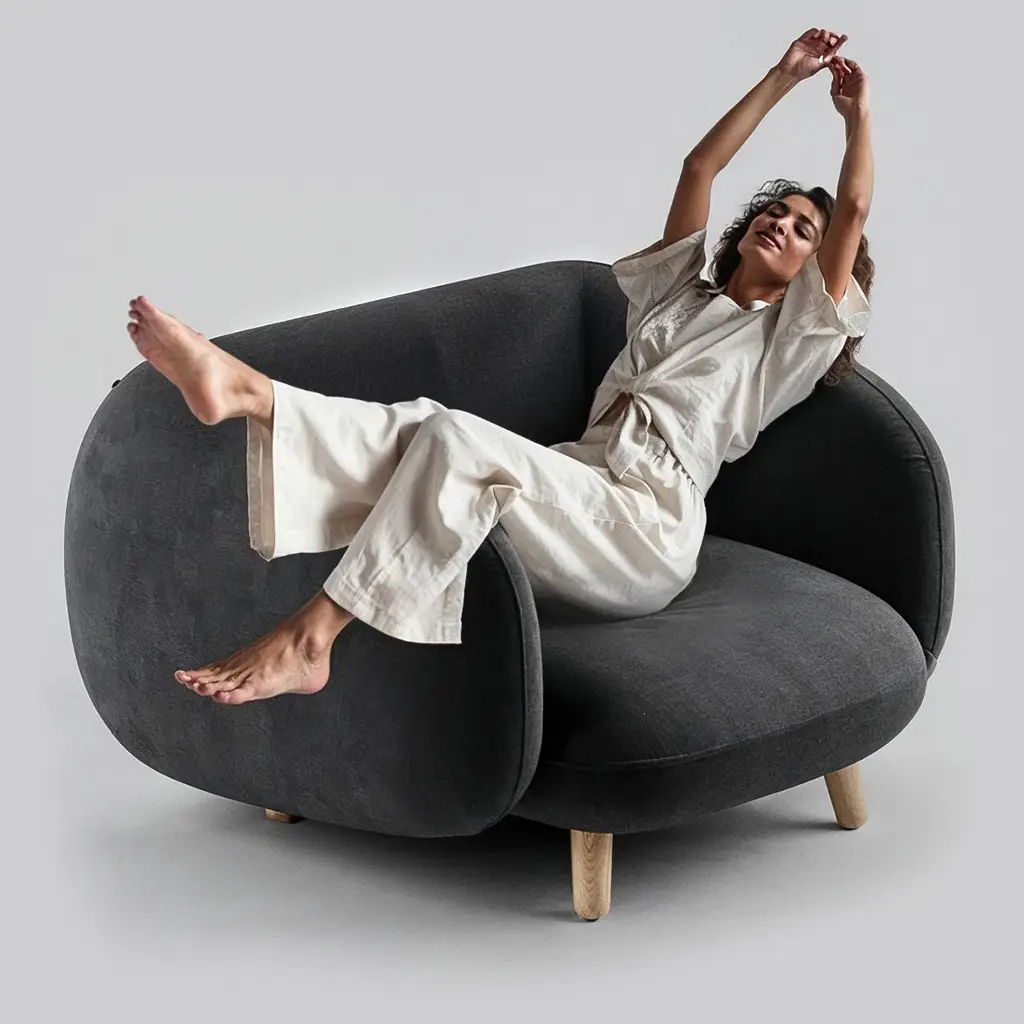In the competitive world of furniture marketing, standing out from the crowd is essential to success. With the rise of e-commerce and online shopping, creating eye-catching and compelling product images has become even more crucial. That’s where furniture CGI and innovative photography techniques come into play. In this article, we will explore the impact of these strategies and how they can transform your furniture marketing campaigns.
One of the key challenges in furniture marketing is presenting products in the best possible light while ensuring authenticity. Customers often feel disappointed when the product they receive does not match the images they saw on the website. To address this issue, it’s vital to provide clean, high-quality product photography from multiple angles, using various lighting techniques. By reducing the use of retouching and evident photo manipulation, you can create a sense of authenticity and build trust with your customers.
Technology has also revolutionized the world of product photography. AI post-production tools can significantly enhance the quality of your product images. These tools can improve photo sharpness, remove noise, enhance colors, and even remove backgrounds. While AI tools can help streamline the post-production process, it’s important to note that they still lack the creativity and diversity that human manual work can provide.
Staying on top of stylistic trends is crucial in furniture marketing. In 2022, we saw the rise of trends such as muted pastel palettes and the use of the Pantone Color of the Year, Very Peri. These color trends reflect the growing influence of virtual worlds and digital technology. Additionally, the integration of CGI and animation has become increasingly popular. CGI allows for realistic and detailed graphics that can be difficult to distinguish from real images. Animation, on the other hand, provides an immersive experience for consumers, making it a powerful tool for driving e-commerce decisions.
As more and more people consume content through their mobile devices, vertical images have become the standard format for product photography. It’s crucial to ensure that your images are attractive and optimized for mobile viewing, especially for social media platforms.
Monochrome color schemes have also stood the test of time as a popular trend in product photography. By focusing on a single color with variations in brightness and saturation, you can create depth and structure in your images. When choosing colors for your product photography, it’s essential to consider cultural characteristics and target audience preferences.
Video content is another trend that has taken the marketing world by storm. Statistics show that the majority of consumers prefer videos over other forms of content. Videos allow for audiovisual storytelling, making it easier to grab and hold viewers’ attention. You can use videos to showcase product reviews, advertise services, and educate your audience. The longer users stay on your site to watch videos, the better it is for your SEO ranking.
For a more immersive experience, consider incorporating 360-degree views and panoramas into your marketing campaigns. These techniques allow customers to interact with your products and explore them from all angles. They provide a deeper level of engagement and integration between the consumer and your brand.
Product animation is another innovative approach to furniture marketing. By creating short feature videos or how-to animations, you can showcase your products in a more engaging and informative way. Animation helps enhance emotional response and improves user experience, leading to higher customer engagement and conversion rates.
Lifestyle images play a crucial role in helping consumers visualize products in context. However, creating lifestyle images can be expensive and time-consuming. That’s where professional 3D artists and CGI come in. With their expertise, they can create vibrant and unique lifestyles for your product catalog, social media, and e-commerce website at a fraction of the cost.
Augmented Reality (AR) is another game-changer in furniture marketing. AR allows customers to view 3D products in real environments and in real-time using their smartphones or tablets. By bringing the product to life and allowing customers to visualize it in their own spaces, AR lowers the barrier to purchase and creates a stronger bond with the product.
Finally, product 3D visualization offers a cost-effective alternative to traditional photography. With 3D visualization, you can quickly change textures, lighting schemes, and product design details without the need for physical prototypes. This allows for personalization and customization based on customer needs, saving both time and money.
Incorporating furniture CGI, innovative photography techniques, and the latest trends in your marketing campaigns can transform your business and set you apart from the competition. By leveraging these strategies, you can create authentic, visually appealing content that resonates with your target audience. So why wait? Take your furniture marketing to the next level and watch your business soar.


